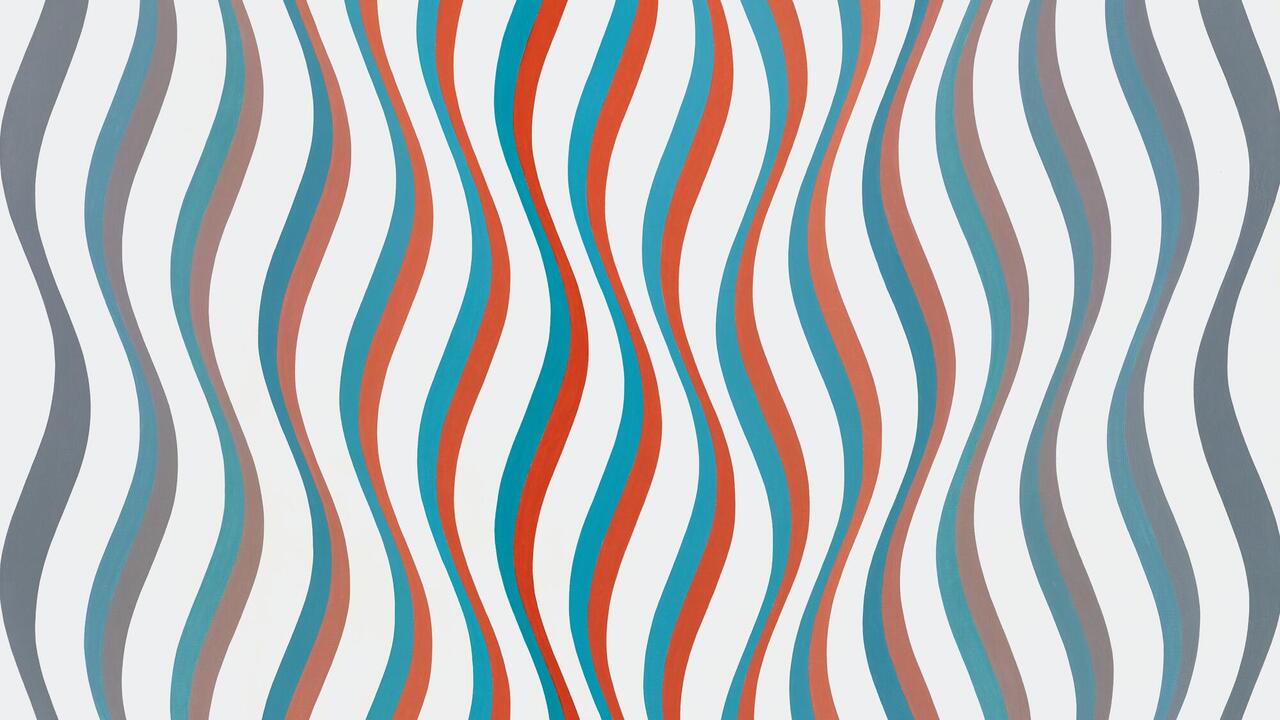Film in Space

‘Nostalgic’, Tacita Dean comments wryly in a video made to accompany her 2011 Unilever Turbine Hall project FILM, ‘is always the word they throw at me for not liking digital.’ Following in Dean’s footsteps as the latest artist invited to curate an exhibition at Camden Arts Centre, Guy Sherwin faces similar accusations and is equally adamant that the analogue art form hasn’t reached the end of the road. This may be a minority view, even among the artists selected for this show (William Raban remarked that ‘film will disappear at the end of 2013’ at one of the talks programmed as part of the exhibition). As film labs keep closing, film in this digital age is increasingly branded a rarefied commodity.
By focusing on British artist-filmmakers active in the creative laboratory that was the London Filmmakers’ Co-operative, in the decade or so after it was set up in 1966, Sherwin’s show looked back to what was arguably the heyday of British experimental filmmaking, at least of the ‘expanded cinema’ variety. But it wasn’t nostalgic for all that. Many of the figures associated with the London Filmmakers’ Co-op – including Raban, Malcolm Le Grice, Gill Eatherley and Annabel Nicolson, who briefly exhibited work as a group under the name Filmaktion – are still active today as artists and teachers. Re-imagined as installations to fit the constraints of gallery viewing and placed in dialogue with art works in a range of media (and not just film) by a younger generation of artists whom they have inspired, such seminal works as Le Grice’s Castle 1 (1966), Eatherley’s Pan Film (1972) or Raban’s Diagonal (1973) felt neither historical nor dated.
‘Expanded cinema’, an expression coined by Stan VanDerBeek in the mid-1960s, came out of art departments rather than film schools. This may be why – as A.L. Rees suggestively put it in one of the accompanying talks – it ultimately has little to do with cinema in the common understanding of the term, despite a name that cashes in on cinema’s abiding mystique. If anything, expanded cinema goes back to the original meaning of ‘cinematic’ as that which moves, just as it draws attention to the minimal conditions of cinema: light, space, time. Instead of the imitation, the glamour and the narrative, we get the nuts and bolts, the mechanisms of projection, the whole filmic apparatus normally hidden from view to preserve the cinematic illusion.
On entering the central, sky-lit space, through which all the galleries are accessed, the visitor was immediately confronted with the materiality of film in the form of four noisy projectors and long loops of film hanging from the ceiling in Lucy Reynolds’ Anthology (2012). For this mini show-within-a-show, the London-based artist and curator had invited 17 women artists (Lis Rhodes, Sally O’Reilly and Hélène Martin, among them), matching the number of artists selected by Sherwin, to make films accompanied by text, which would be changed on a weekly basis for the show’s duration. The exhibition as a whole, mobile and expanding like its object, combined fixed and changing exhibits in three different configurations to reflect the element of live performance intrinsic to this kind of alternative film-making and viewing experience.
While each room had its own distinctive agenda, in what was one of the most effective and imaginative uses I have seen made of Camden’s space, the first and last galleries with their mostly permanent displays gave the show an overarching trajectory. Built around Steve Farrer’s 10 Drawings (1976/2012), six of which were transformed into moving images and ‘optical sounds’, encoded on the soundtrack of the filmstrip, one gallery space was dedicated to the film machine itself and to the mechanisms of conversion whereby physical things become moving shadows and sounds. Annabel Nicolson’s Slides (1971) likewise featured a 16mm film projection besides a copy of the hand-printed film that could be wound by hand and examined up close over a light-box. The tactile and linear quality of the filmstrip was also illustrated by Sherwin’s own Newsprint (1972/2012), made without a camera by gluing newspaper on a clear filmstrip shown in a reel beside the table onto which the resulting film was projected, accompanied by the optical soundtrack emitted from a vintage loudspeaker.
Coming at filmmaking from a background in fine art, Sherwin sees film as a point of convergence for other media, above all drawing, sculpture and painting, which featured prominently in the final room exploring the theatricality of light in space. Most of the art works on display in Gallery 3 had only been made recently, if not specifically for this exhibition, as if to demonstrate that – far from being obsolete – the medium of film has got a future. Yet some of the most striking pieces displayed in that space – such as Simon Payne’s site-specific projection Window Piece (2012), whose flickering colour fields referenced classics of expanded cinema, or Sherwin’s Painted Screen (1970/2012), in which a DVD loop lit up areas of a geometrical gouache sketch – were made using video technology rather than film. What these art works, ranging from video to abstract painting to kinetic sculpture, appeared to suggest is that the legacy of expanded cinema will live on, albeit in some unexpected places, even while the physical traces and material processes specific to the medium of film are being lost.














